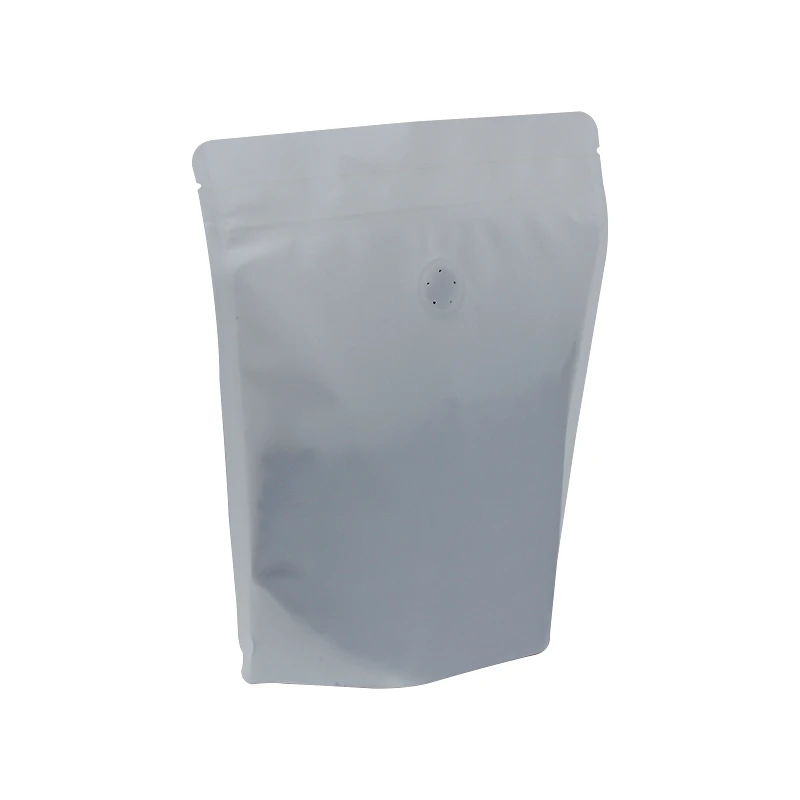- Afrikaans
- Albanian
- Amharic
- Arabic
- Armenian
- Azerbaijani
- Basque
- Belarusian
- Bengali
- Bosnian
- Bulgarian
- Catalan
- Cebuano
- chinese_simplified
- chinese_traditional
- Corsican
- Croatian
- Czech
- Danish
- Dutch
- English
- Esperanto
- Estonian
- Finnish
- French
- Frisian
- Galician
- Georgian
- German
- Greek
- Gujarati
- haitian_creole
- hausa
- hawaiian
- Hebrew
- Hindi
- Miao
- Hungarian
- Icelandic
- igbo
- Indonesian
- irish
- Italian
- Japanese
- Javanese
- Kannada
- kazakh
- Khmer
- Rwandese
- Korean
- Kurdish
- Kyrgyz
- Lao
- Latin
- Latvian
- Lithuanian
- Luxembourgish
- Macedonian
- Malgashi
- Malay
- Malayalam
- Maltese
- Maori
- Marathi
- Mongolian
- Myanmar
- Nepali
- Norwegian
- Norwegian
- Occitan
- Pashto
- Persian
- Polish
- Portuguese
- Punjabi
- Romanian
- Russian
- Samoan
- scottish-gaelic
- Serbian
- Sesotho
- Shona
- Sindhi
- Sinhala
- Slovak
- Slovenian
- Somali
- Spanish
- Sundanese
- Swahili
- Swedish
- Tagalog
- Tajik
- Tamil
- Tatar
- Telugu
- Thai
- Turkish
- Turkmen
- Ukrainian
- Urdu
- Uighur
- Uzbek
- Vietnamese
- Welsh
- Bantu
- Yiddish
- Yoruba
- Zulu
Understanding the Measurement Type Represented by Millimeters in Various Contexts
Understanding Measurement Types What Is mm?
Measurement is a fundamental concept that allows us to quantify and assess various attributes of objects, phenomena, or processes. Among the various units of measurement, millimeters (mm) stand out as a widely utilized metric unit, especially in fields such as engineering, manufacturing, and scientific research. But what exactly does mm represent, and what kind of measurement does it embody? In this article, we will delve into the essence of the millimeter, exploring its applications, importance, and the context in which it is used.
Definition of Millimeter
The millimeter (mm) is a unit of length in the metric system, which is an internationally accepted decimalized system of measurement. One millimeter is equivalent to one-thousandth of a meter (0.001 meters) and is part of the International System of Units (SI). This unit is often used in precise measurements where accuracy is paramount, particularly when dealing with small dimensions.
To put it in perspective, there are 10 millimeters in a centimeter and 1,000 millimeters in a meter. This simplicity in conversion makes the metric system user-friendly, contributing to the millimeter's widespread adoption in various sectors.
Applications of Millimeters in Measurement
The millimeter is notably utilized across diverse fields, demonstrating its versatility and importance
1. Engineering and Manufacturing In engineering drawings and technical specifications, millimeters are often employed to define the dimensions of components, ensuring precision in manufacturing processes. For instance, when creating parts for machinery or intricate designs in automotive manufacturing, measurements are frequently expressed in mm due to their accuracy.
what type of measurement is mm

2. Architecture and Construction Architectural blueprints and construction plans commonly utilize millimeters to detail dimensions of structures. This level of precision is critical for ensuring proper fit, alignment, and structural integrity, especially in large-scale projects.
3. Medical Applications In the medical field, measurements in millimeters are vital for the development and implementation of tools, devices, and even prescriptions. For example, the sizes of sutures, needles, and implants are often specified in millimeters, ensuring that medical professionals have the precise tools necessary for patient care.
4. Scientific Research In scientific contexts, especially in fields such as biology and materials science, millimeters are used to measure various dimensions, from the size of microorganisms to the thickness of materials under investigation.
Importance of Precision in Measurement
The significance of using millimeters lies in the precision it offers. In contrast to larger units such as centimeters or inches, millimeters provide a finer scale, facilitating more exact measurements. This precision is crucial in applications where even the slightest variations can yield significant differences in performance or function.
For instance, in optics, the focal lengths and diameters of lenses are often measured in millimeters to ensure that light is manipulated correctly. Similarly, in the automotive industry, the clearance between engine components must be measured precisely to prevent malfunctions or failures.
Conclusion
In summary, the millimeter is not just a unit of measurement; it is a vital tool that facilitates accuracy and precision across various fields. By providing a means to quantify dimensions with great detail, millimeters play a significant role in engineering, architecture, medicine, and science. Understanding the context and applications of this measurement is essential for professionals in these domains, as it underscores the importance of precision in creating and executing designs, performing research, and ensuring the effective functioning of systems and devices. Whether in the design studio or the laboratory, the millimeter continues to be an indispensable element of modern measurement.













